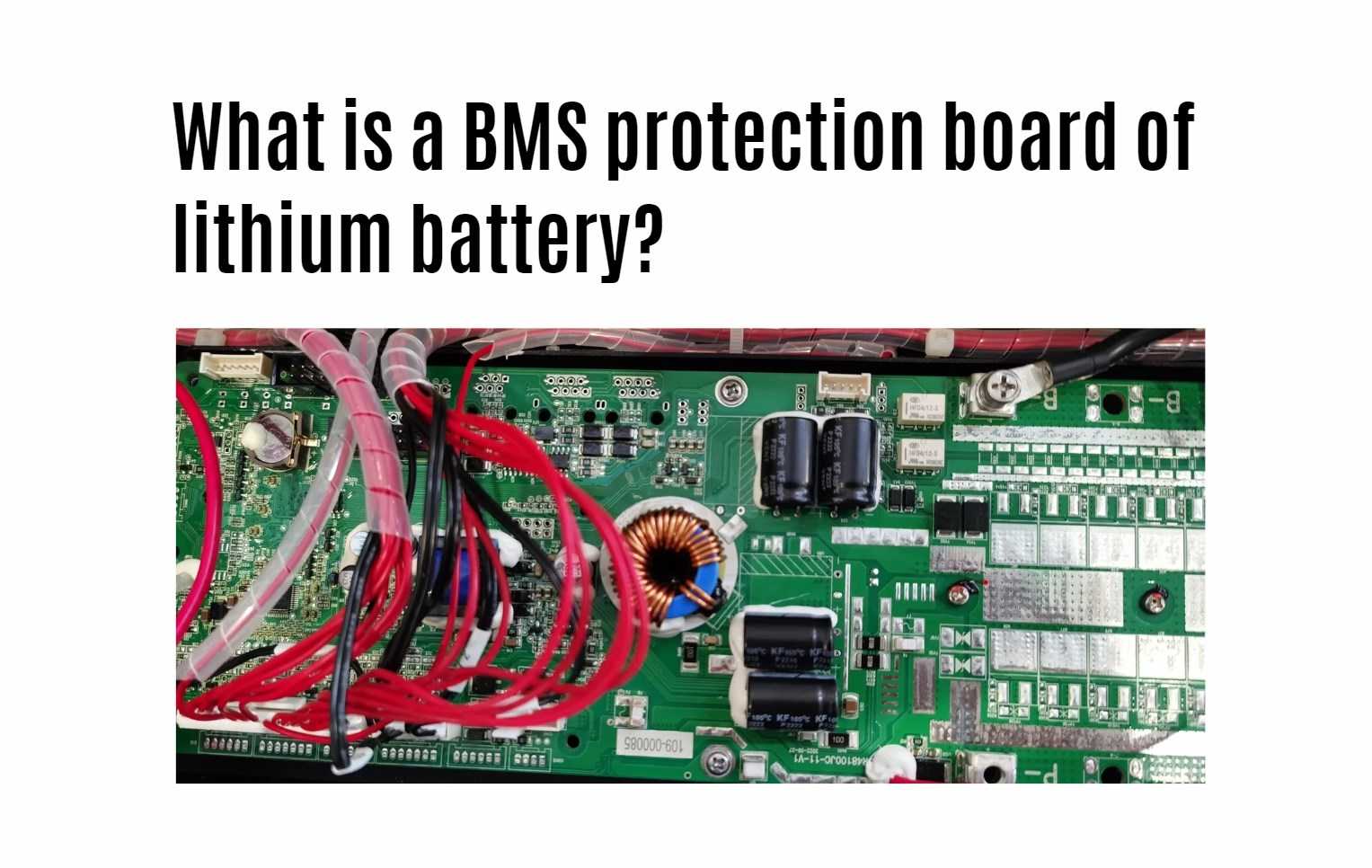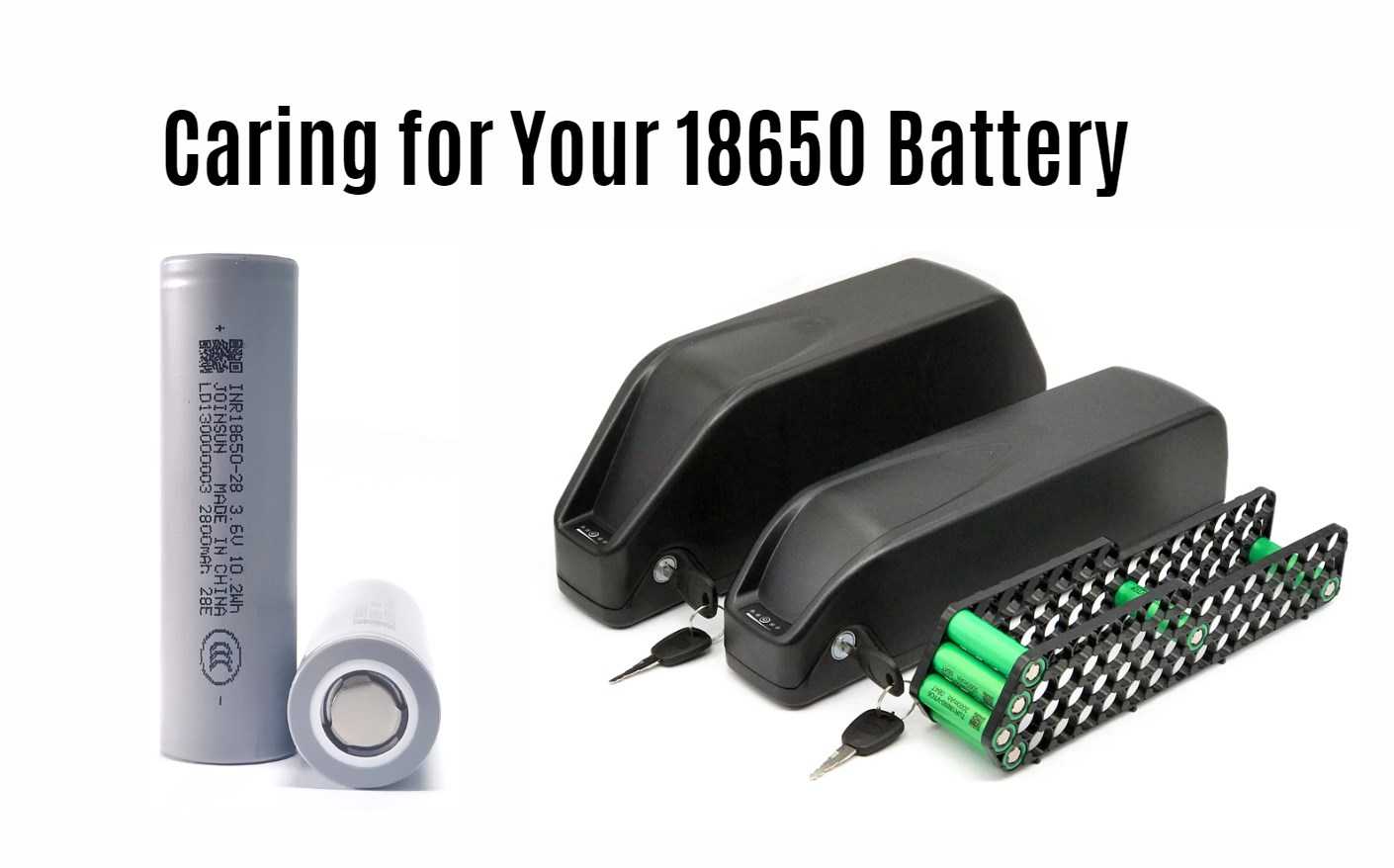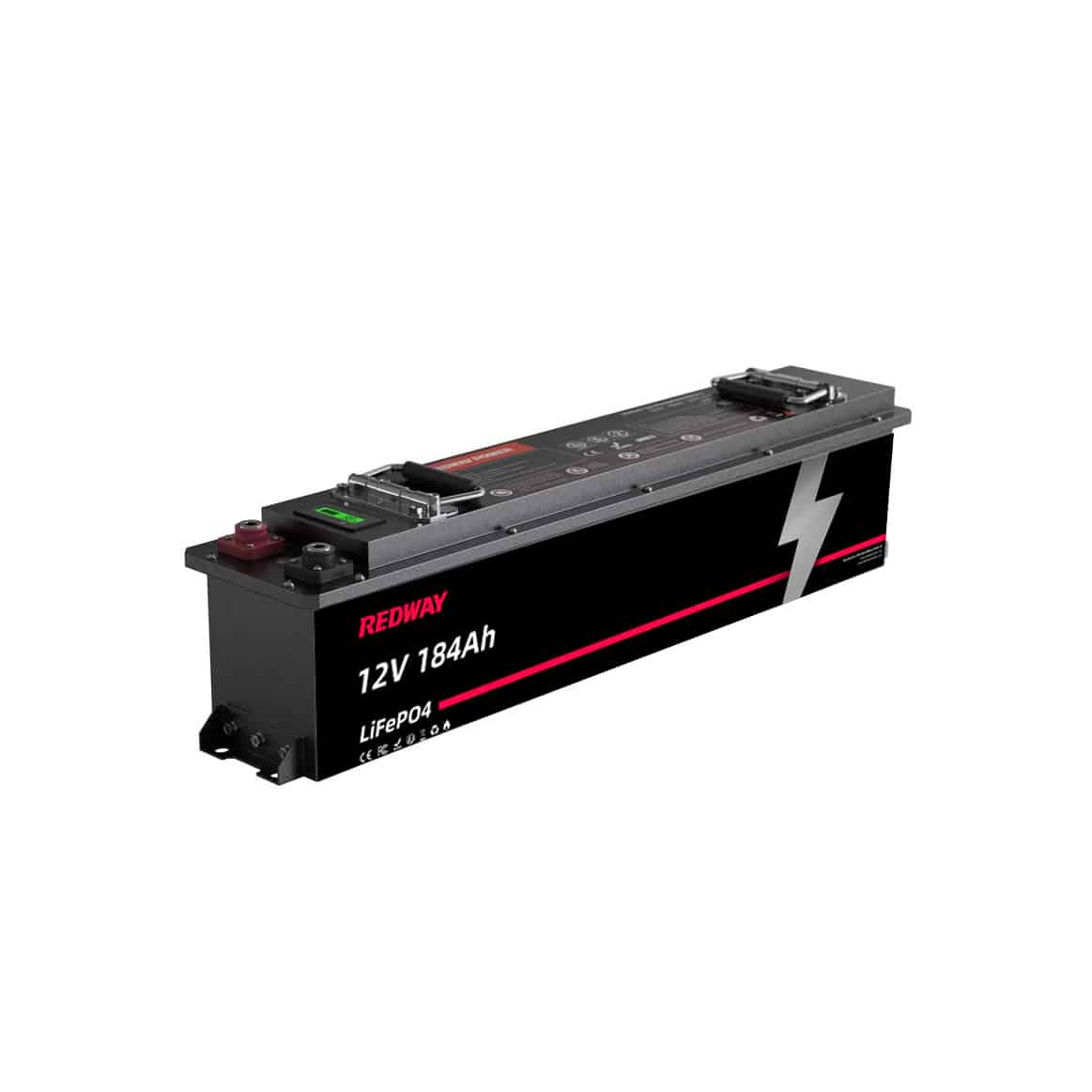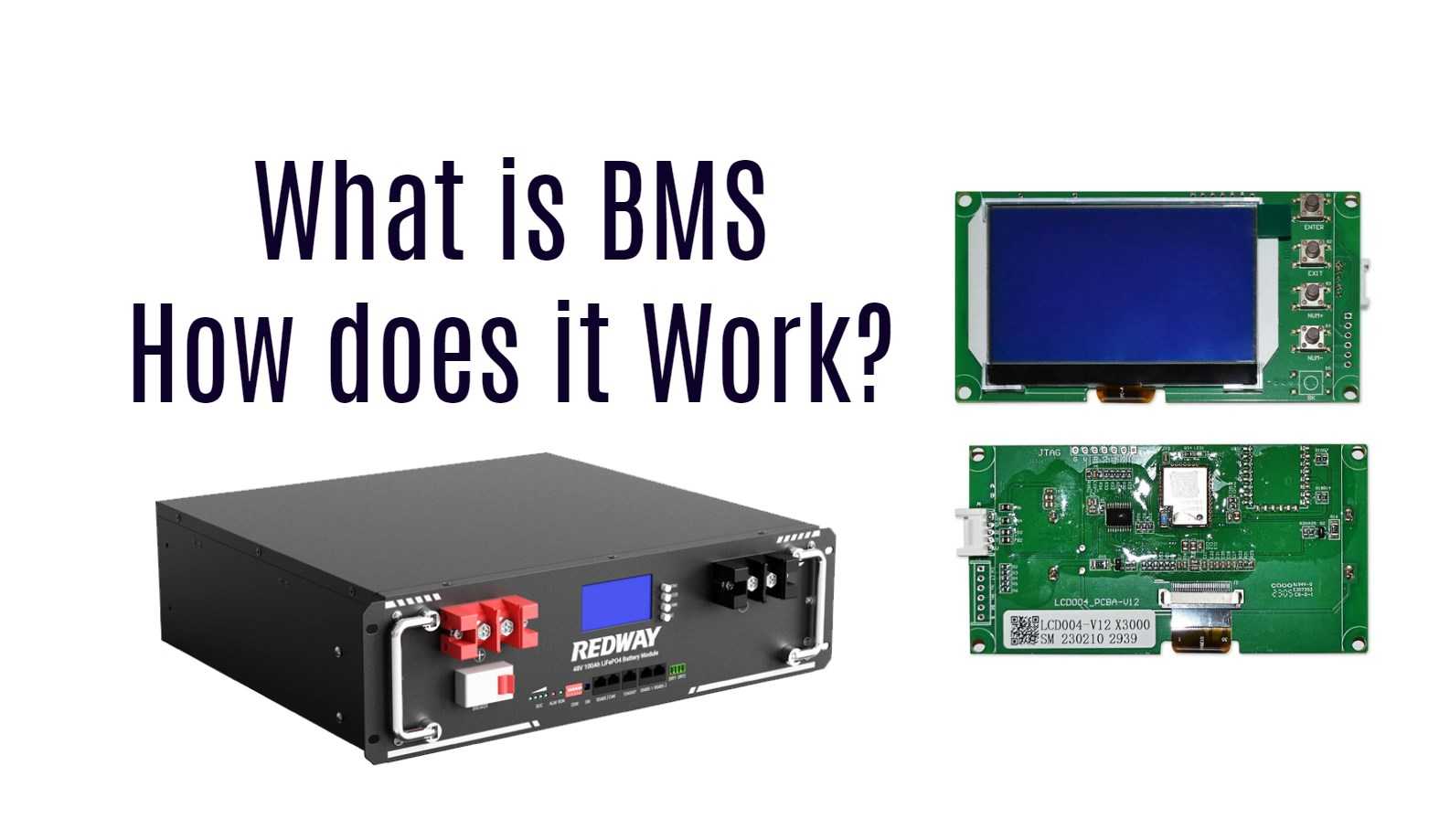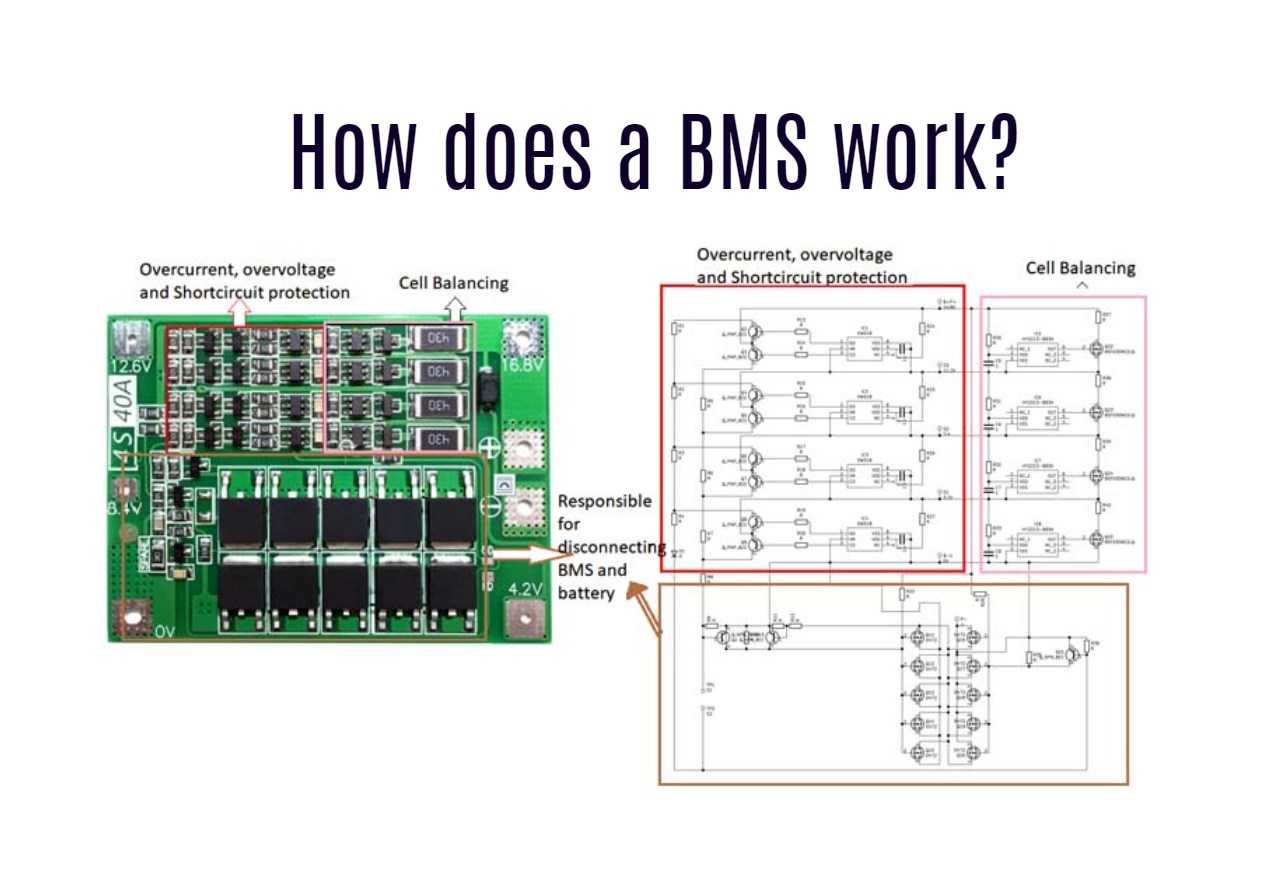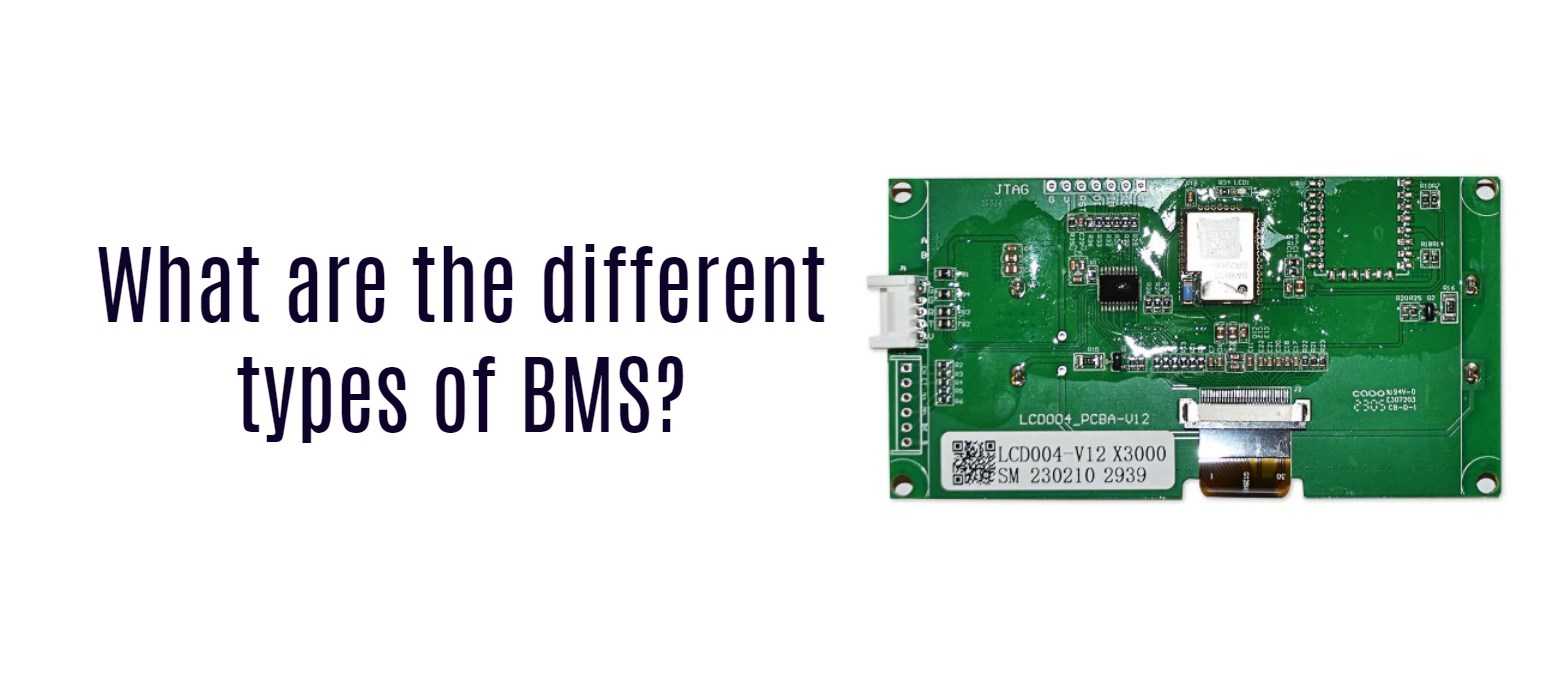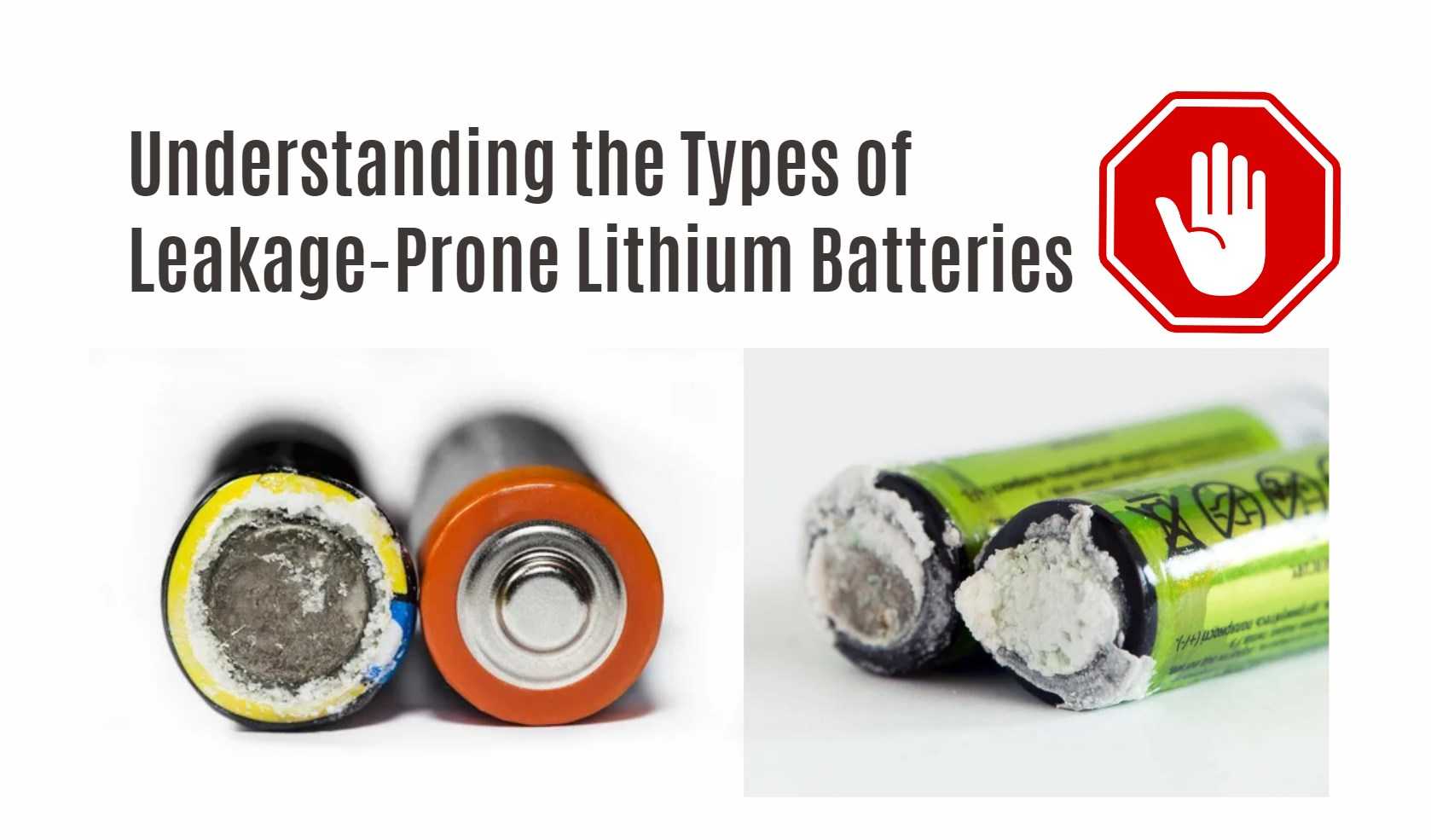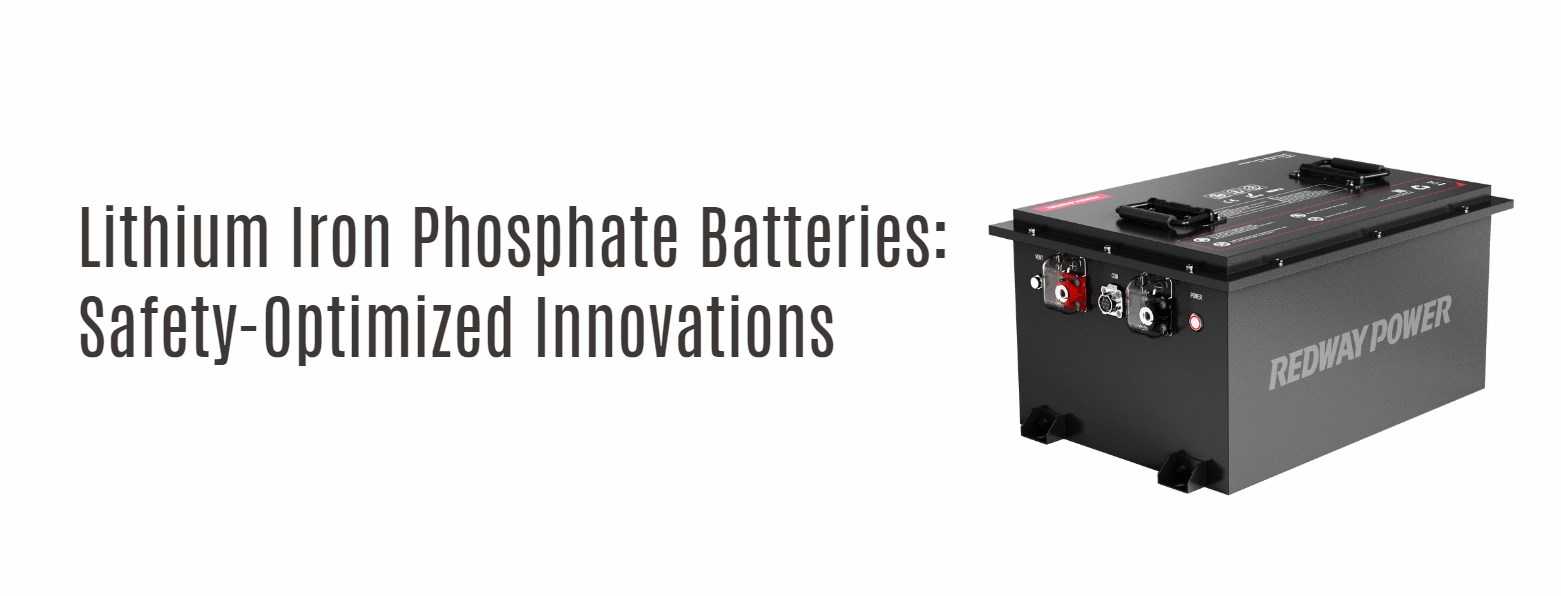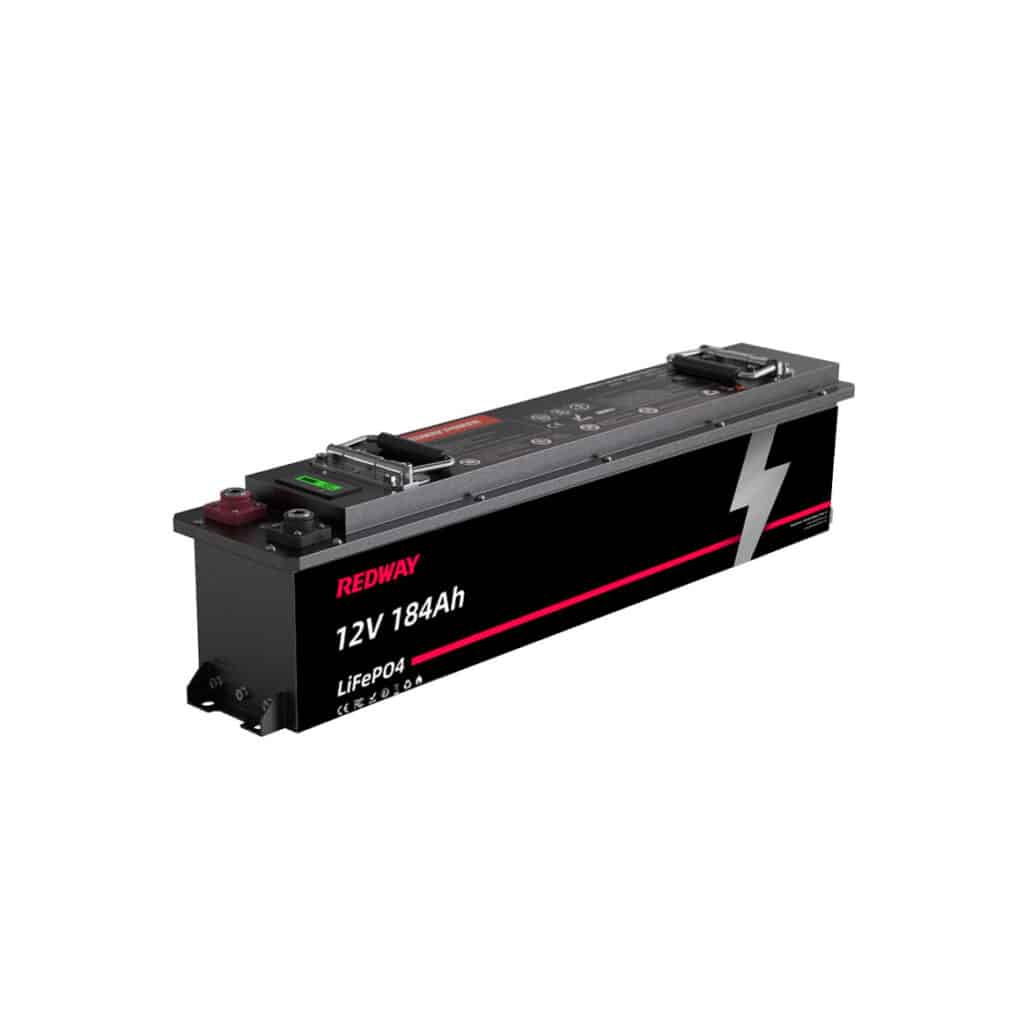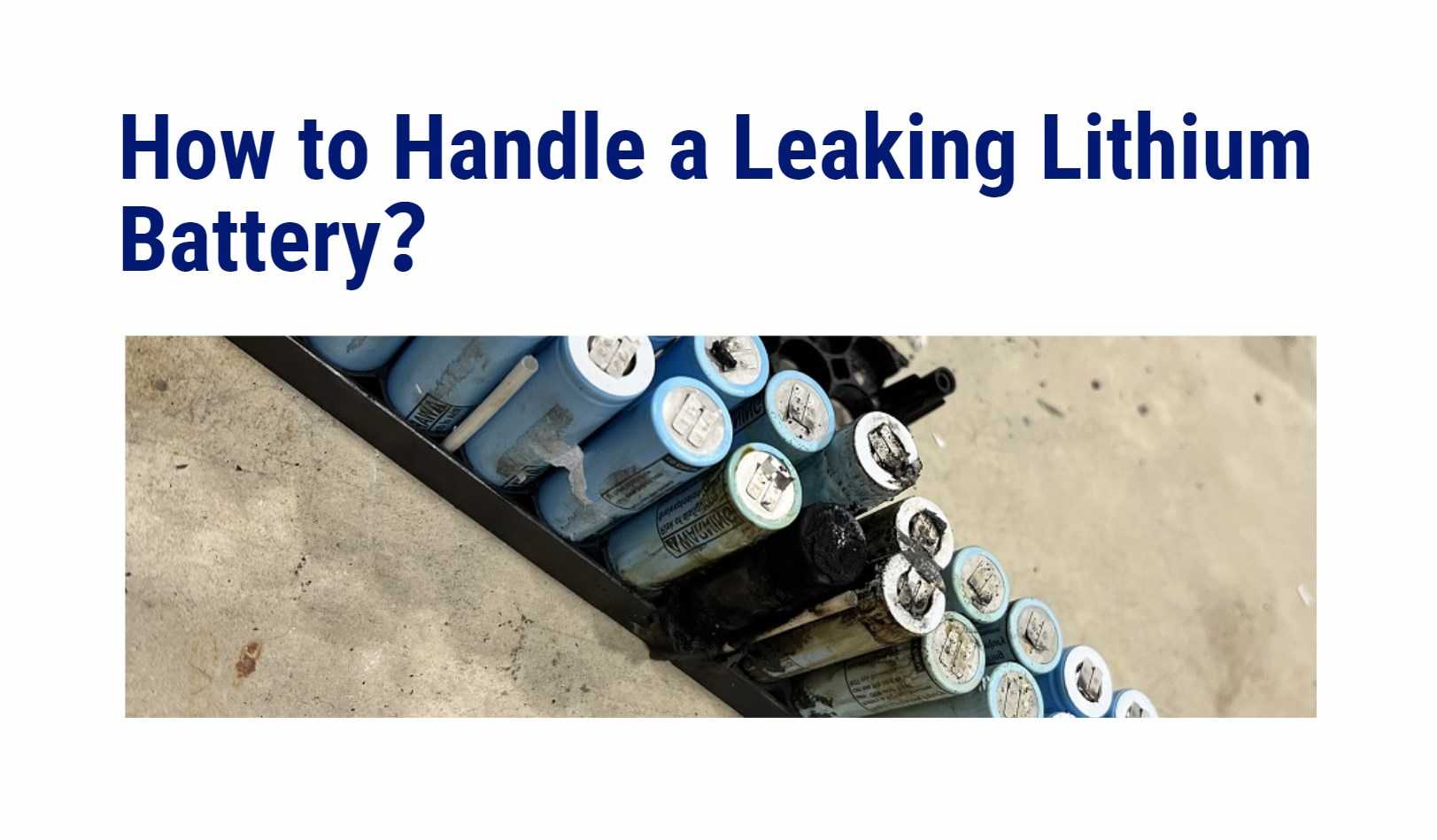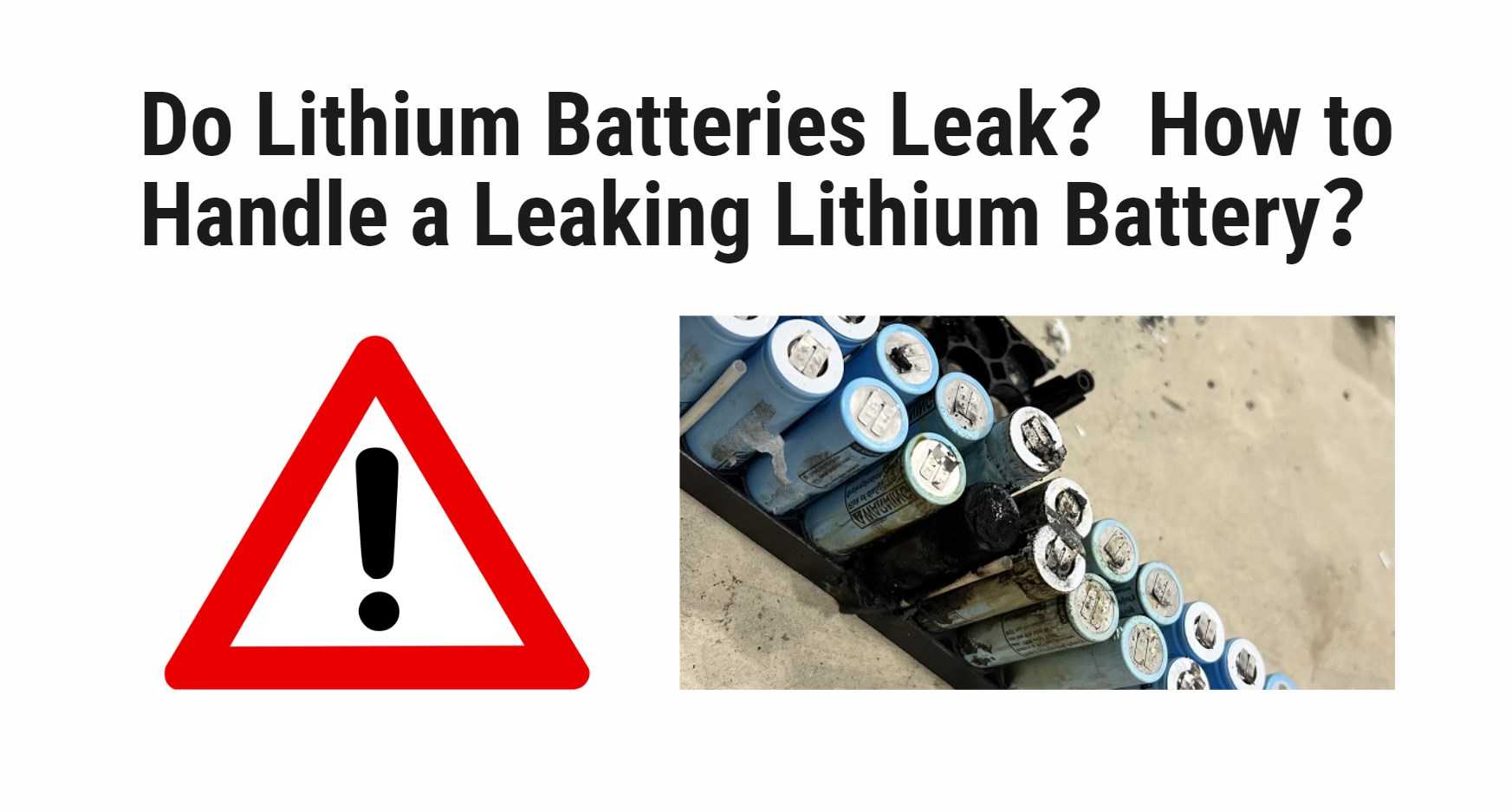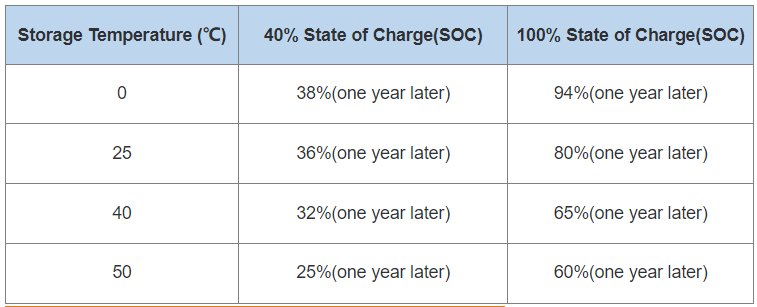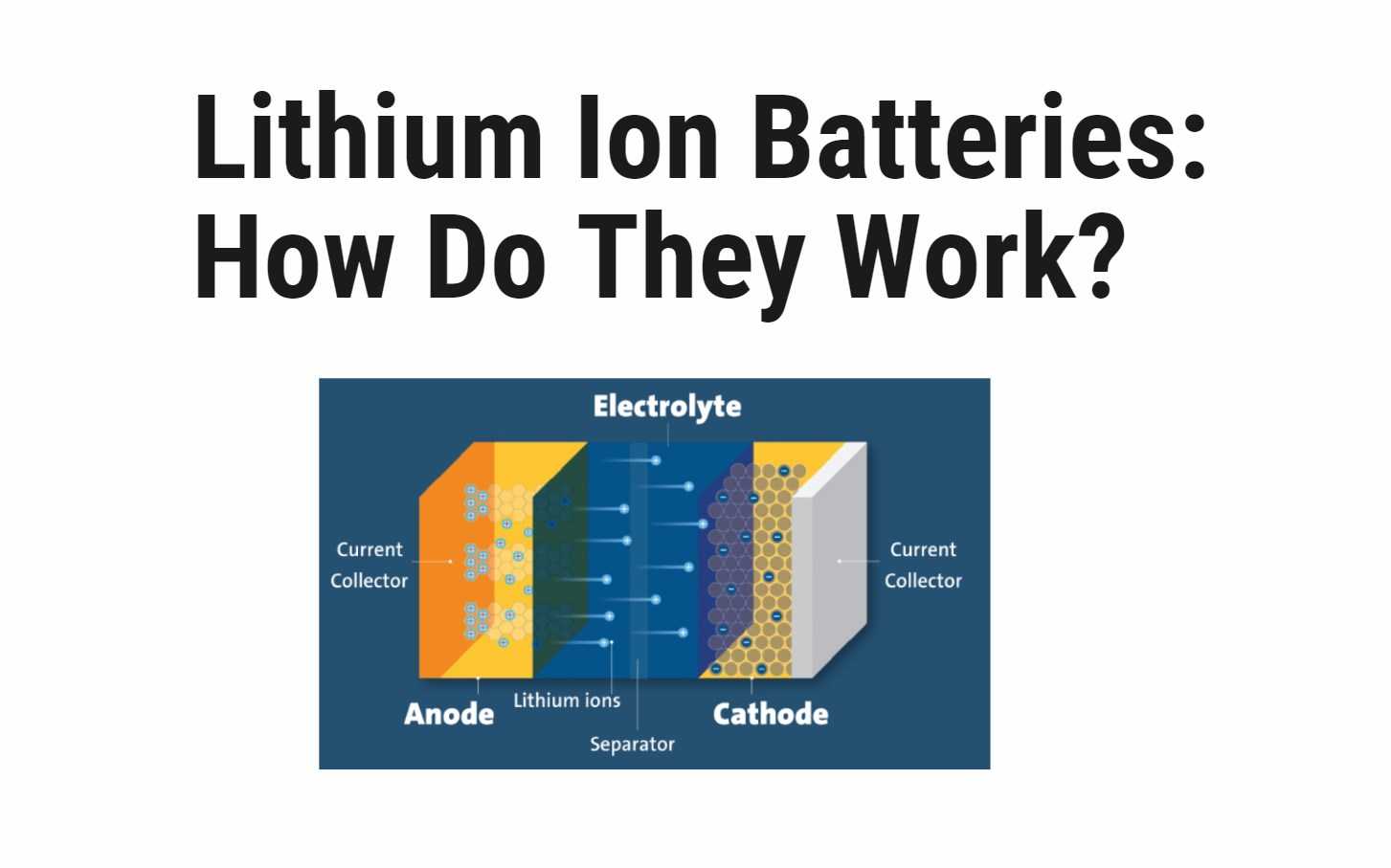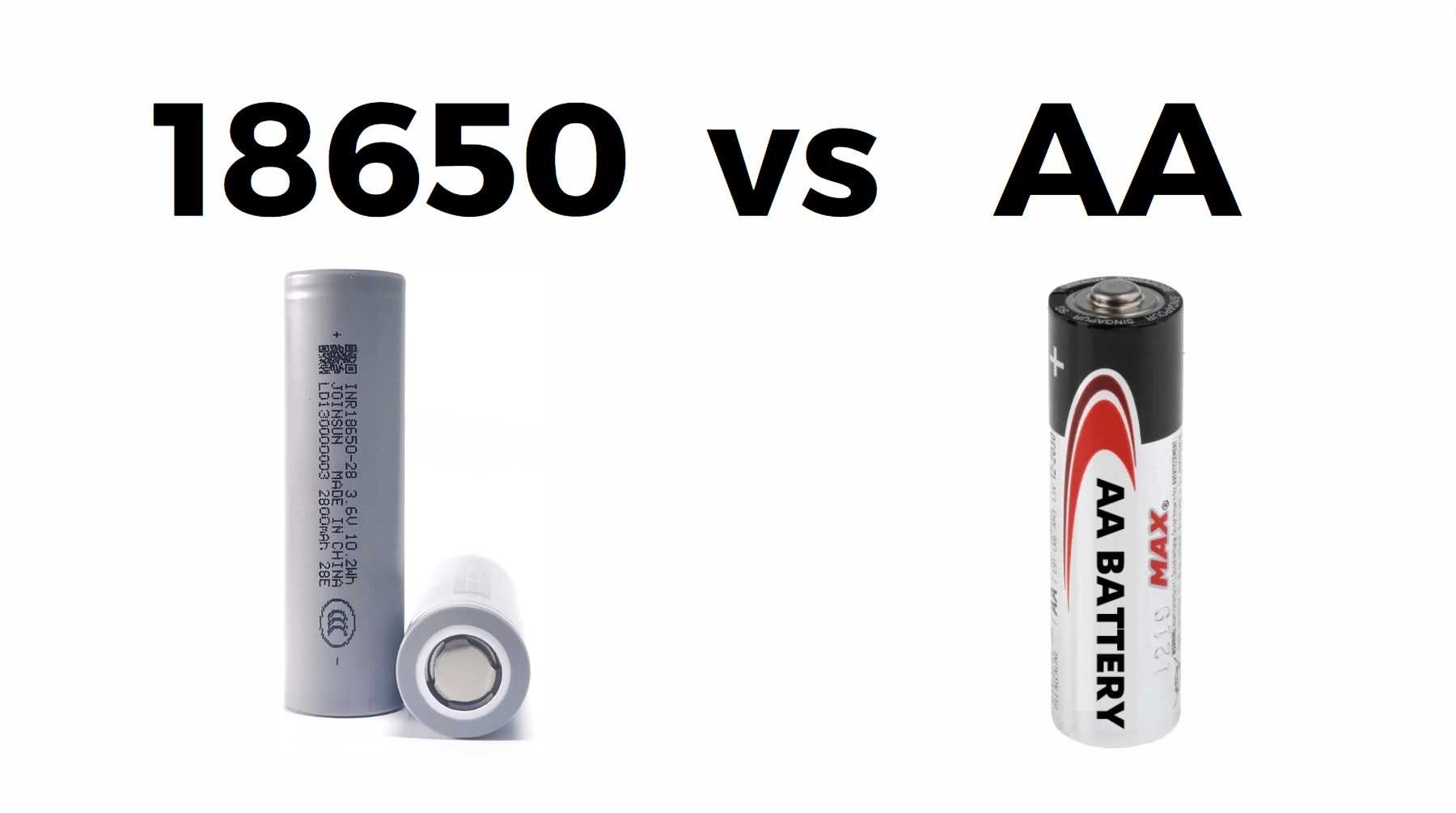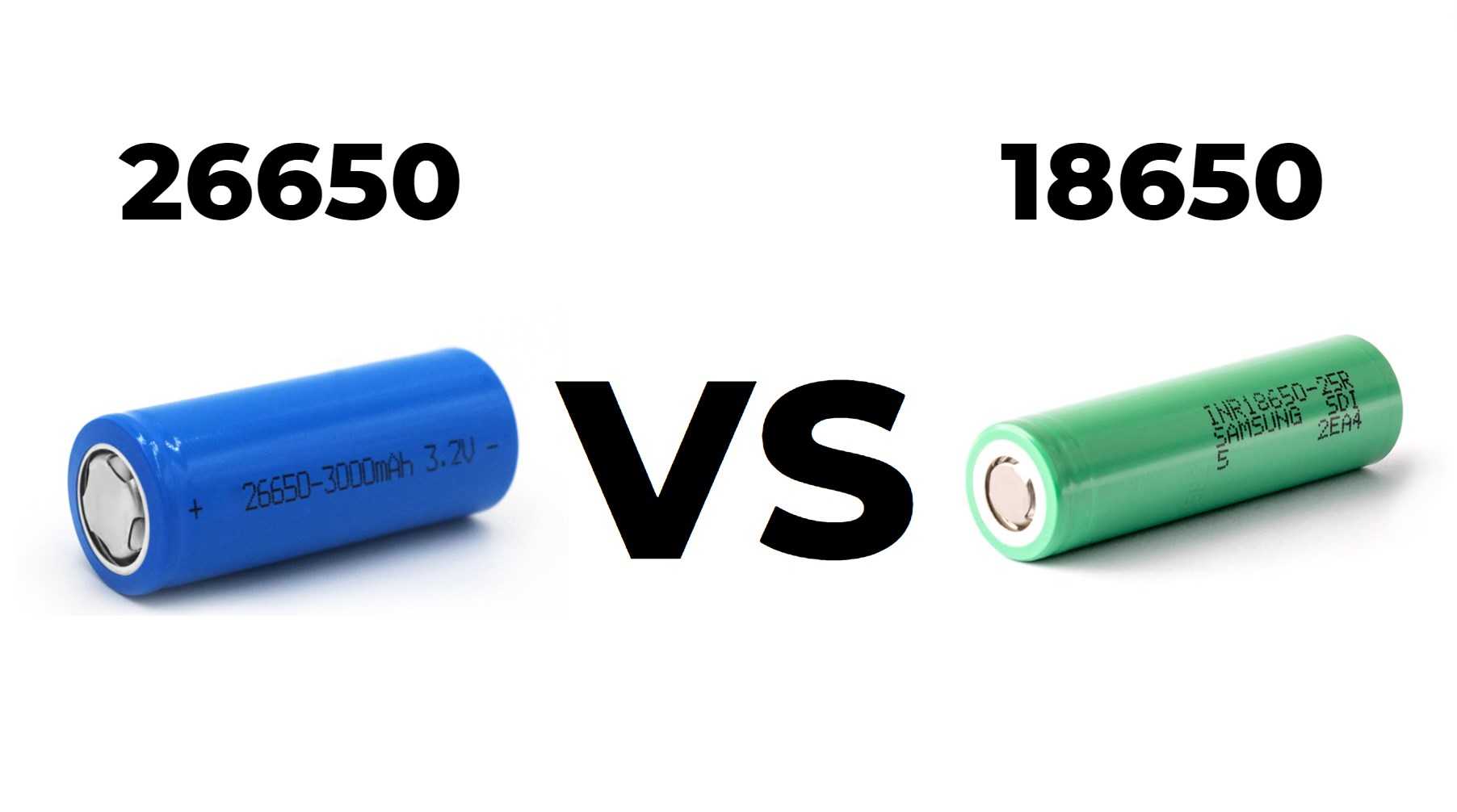The main differences between 26650 and 18650 batteries are their size and capacity. A 26650 battery is larger, measuring 26mm in diameter and 65mm in length, while an 18650 battery measures 18mm in diameter and 65mm in length. Consequently, 26650 batteries typically have a higher capacity, ranging from 3000mAh to 6000mAh, compared to the 1800mAh to 3500mAh range of 18650 batteries.
In the world of lithium-ion batteries, two popular sizes stand out: the 26650 and 18650. These batteries are widely used in various applications, from consumer electronics to electric vehicles. Understanding the differences between these two battery types is essential for making informed decisions regarding energy storage solutions. In this comprehensive guide, we will delve into the specifications, advantages, disadvantages, and ideal applications for both 26650 and 18650 lithium-ion batteries.
Understanding Battery Specifications
1. Size and Dimensions
The primary difference between the 26650 and 18650 batteries lies in their physical dimensions:
- 18650 Battery:
- Diameter: 18mm
- Height: 65mm
- 26650 Battery:
- Diameter: 26mm
- Height: 65mm
This difference in size directly influences the capacity and energy density of each battery type.
2. Capacity and Energy Density
Capacity is measured in amp-hours (Ah) or milliamp-hours (mAh), indicating how much energy a battery can store. Generally, the larger the battery, the higher its capacity:
- 18650 Batteries:
- Capacity typically ranges from 1500 mAh to 3500 mAh.
- 26650 Batteries:
- Capacity generally ranges from 3000 mAh to 6000 mAh.
The increased capacity of the 26650 makes it suitable for applications requiring longer runtimes.
Advantages of Each Battery Type
Advantages of 18650 Batteries
- Widespread Availability: The 18650 battery is one of the most commonly used lithium-ion batteries, making it readily available in various markets.
- Versatility: Due to its size and capacity range, the 18650 is used in a wide array of devices, including laptops, flashlights, and electric vehicles.
- Established Technology: The technology behind the 18650 has been around for many years, leading to a wealth of information regarding performance and safety.
Advantages of 26650 Batteries
- Higher Capacity: The larger size allows for significantly higher capacity, making it ideal for high-drain applications such as power tools and electric vehicles.
- Longer Runtime: With more stored energy, devices powered by 26650 batteries can run longer between charges.
- Better Performance in High-Drain Applications: The increased current output capability makes 26650 batteries suitable for applications that require high discharge rates.
Disadvantages of Each Battery Type
Disadvantages of 18650 Batteries
- Lower Capacity: Compared to the 26650, the 18650 has a lower capacity, which may not be sufficient for high-drain applications.
- Limited Runtime: Devices using 18650 batteries may require more frequent recharging compared to those using larger batteries.
Disadvantages of 26650 Batteries
- Size Constraints: The larger size may not fit in all devices designed for smaller batteries like the 18650.
- Less Availability: While growing in popularity, the 26650 battery is not as widely available as the 18650, which may limit options for consumers.
Ideal Applications for Each Battery Type
Applications for 18650 Batteries
- Consumer Electronics: Commonly found in laptops, smartphones, and other portable devices.
- Flashlights: Widely used in high-performance flashlights due to their compact size.
- Electric Vehicles: Used in some electric vehicle models for their balance of size and capacity.
Applications for 26650 Batteries
- Power Tools: Ideal for high-drain power tools that require extended runtime.
- Electric Vehicles: Increasingly used in electric vehicles due to their higher capacity.
- Energy Storage Systems: Suitable for solar energy storage solutions where larger capacities are beneficial.
Data Chart: Comparison of 26650 vs. 18650 Batteries
| Feature |
18650 Battery |
26650 Battery |
| Diameter |
18mm |
26mm |
| Height |
65mm |
65mm |
| Capacity Range |
1500 mAh – 3500 mAh |
3000 mAh – 6000 mAh |
| Typical Voltage |
3.7V |
3.7V |
| Ideal Applications |
Laptops, flashlights |
Power tools, EVs |
Latest News on Lithium-Ion Battery Technology
As of October 2024, advancements in lithium-ion battery technology continue to evolve rapidly:
Innovative Manufacturing Techniques
New manufacturing techniques are being developed that enhance energy density while reducing costs. These advancements aim to improve both performance and sustainability in battery production.
Focus on Sustainability
The industry is increasingly focusing on sustainable practices in lithium battery production, including recycling initiatives aimed at reducing environmental impact while improving energy density.
Conclusion
In conclusion, both the 26650 and 18650 lithium-ion batteries have their unique advantages and ideal applications. The choice between them should be based on specific needs such as capacity requirements, device compatibility, and intended use cases. By understanding these differences, we can make informed decisions that enhance our energy storage solutions.At Redway Battery, we specialize in manufacturing high-quality lithium LiFePO4 batteries tailored to meet diverse needs across various applications. For quick quotes on custom solutions or wholesale inquiries, feel free to contact us today!
FAQs About Lithium-Ion Batteries
1. Can I use a different size battery if my device requires an 18650?
Using a different size battery is not recommended as it may lead to improper fit or performance issues.
2. How do I know if my battery is genuine?
Always purchase from reputable manufacturers or retailers that provide clear specifications and warranties.
3. What is the lifespan of these batteries?
Both types typically offer around ***500 to *1000 charge cycles, depending on usage conditions and maintenance practices.
4. Are there safety concerns with lithium-ion batteries?
While generally safe when used correctly, lithium-ion batteries can pose risks if overcharged or damaged. Always follow manufacturer guidelines for charging and usage.
How do the dimensions of a 26650 battery compare to an 18650 battery?
A 26650 battery is larger, with dimensions of approximately 26mm in diameter and 65mm in length, while an 18650 battery measures about 18mm in diameter and 65mm in length. This size difference impacts their applications, as the 26650 battery is better suited for devices requiring higher power output.
What are the typical applications for 26650 batteries?
26650 batteries are often used in high-drain devices such as powerful flashlights, electric vehicles, and large power banks, where higher capacity and discharge rates are essential. In contrast, 18650 batteries are commonly found in laptops, electric bikes, and various portable electronics.
What are the advantages of using 26650 batteries over 18650 batteries?
The advantages of 26650 batteries include higher capacity and longer run times, making them suitable for high-power applications. Their larger size allows for more energy storage, which is ideal for devices that demand sustained power output.
Are there any safety concerns associated with using 26650 and 18650 batteries?
Both 26650 and 18650 batteries can pose safety risks if not handled properly, including risks of overheating, fire, or explosion. It’s crucial to use compatible chargers, avoid overcharging, and ensure proper usage to minimize hazards. Additionally, always use batteries from reputable manufacturers to ensure quality and safety.

